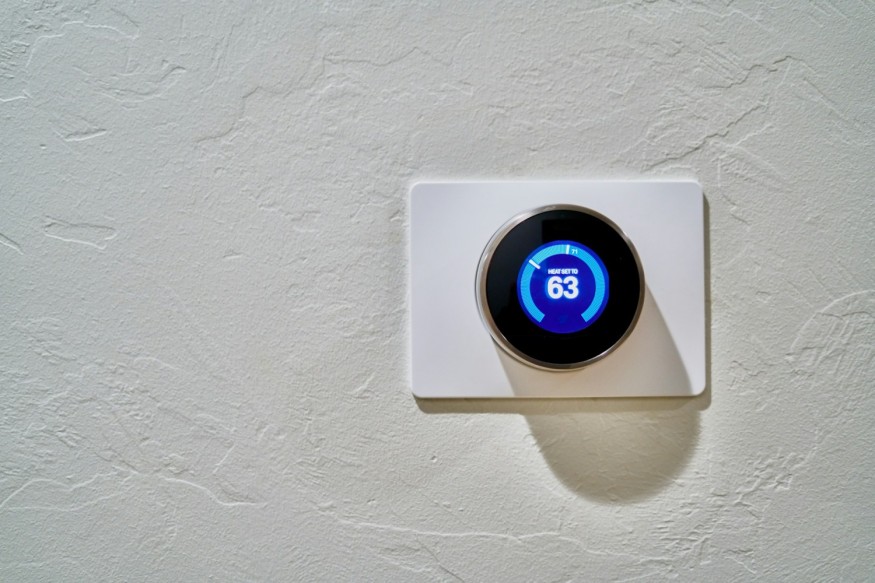Climate change is a pressing global challenge.
Smart HVAC systems optimize energy use and reduce carbon emissions, so they can play a crucial role in environmental sustainability.
From AI-driven optimizations to automated climate control, smart HVAC technologies are reshaping how we manage indoor climates efficiently and sustainably. Let's explore these cutting-edge advancements.

Smart HVAC Systems Could Enhance Energy Efficiency
If you want to do your bit for the environment, you could install a smart HVAC system on your property. (You could even complete an HVACR Technology program at NETTTS to become an HVAC technician!) There are various ways in which these systems contribute to combating climate change. For one thing, smart HVAC systems enhance energy efficiency by intelligently managing heating, ventilation, and air conditioning.
These systems use real-time data to optimize temperature settings based on occupancy and external conditions. By doing so, they significantly reduce unnecessary energy consumption.
In homes and commercial buildings alike, smart thermostats learn user preferences and adjust accordingly, ensuring comfort without wasting resources. Automated climate control minimizes overcooling or overheating while maintaining ideal indoor environments.
This intelligent management leads to lower utility bills and a reduced carbon footprint, directly combating climate change.
Smart HVAC Systems Could Reduce Energy Consumption
Smart HVAC systems cut energy consumption by monitoring indoor conditions and adjusting heating, cooling, and ventilation accordingly. Unlike traditional units that run on fixed schedules, smart systems operate based on real-time data—adjusting to changes in occupancy or weather.
For instance, programmable thermostats allow users to set precise temperatures for different times of the day, minimizing unnecessary usage.
In large spaces like offices or malls, these efficiencies scale up significantly, leading to considerable energy savings and lower carbon emissions.
AI-Driven HVAC Optimization Could Reduce Carbon Footprints
AI-driven HVAC optimization helps cut carbon footprints by fine-tuning system performance. These smart-systems analyze vast amounts of data, from weather patterns to occupancy trends, and make micro-adjustments in real-time. Instead of running at full blast all day, AI optimizes energy use for peak efficiency, reducing wastage.
For example, during low occupancy periods in offices or homes, the system lowers heating or cooling output automatically. This intelligent adjustment ensures that energy consumption aligns perfectly with actual needs, leading to lower greenhouse gas emissions and a smaller environmental impact.
Automated Climate Control Systems Could Minimize Wasteful Energy Usage
Automated climate control systems help minimize wasteful energy usage by leveraging advanced technologies like sensors and machine learning. These systems adjust HVAC settings dynamically, responding to real-time data rather than fixed schedules.
Here are some key features:
- Real-Time Monitoring. Sensors track temperature, humidity, and occupancy continuously.
- Dynamic Adjustments. Systems automatically adjust heating and cooling based on actual needs.
- Occupancy Detection. Presence sensors lower energy use when rooms are unoccupied.
- Weather Integration. External weather data helps preemptively manage indoor climates efficiently.
- Zoning Capabilities. Different areas receive tailored temperatures according to their specific requirements.
These features ensure that HVAC units only operate as needed, significantly reducing unnecessary energy consumption. This optimization leads to lower utility bills for homeowners and businesses while also curbing carbon emissions. In large facilities such as office buildings or schools, these efficiencies can translate into substantial environmental benefits over time.










